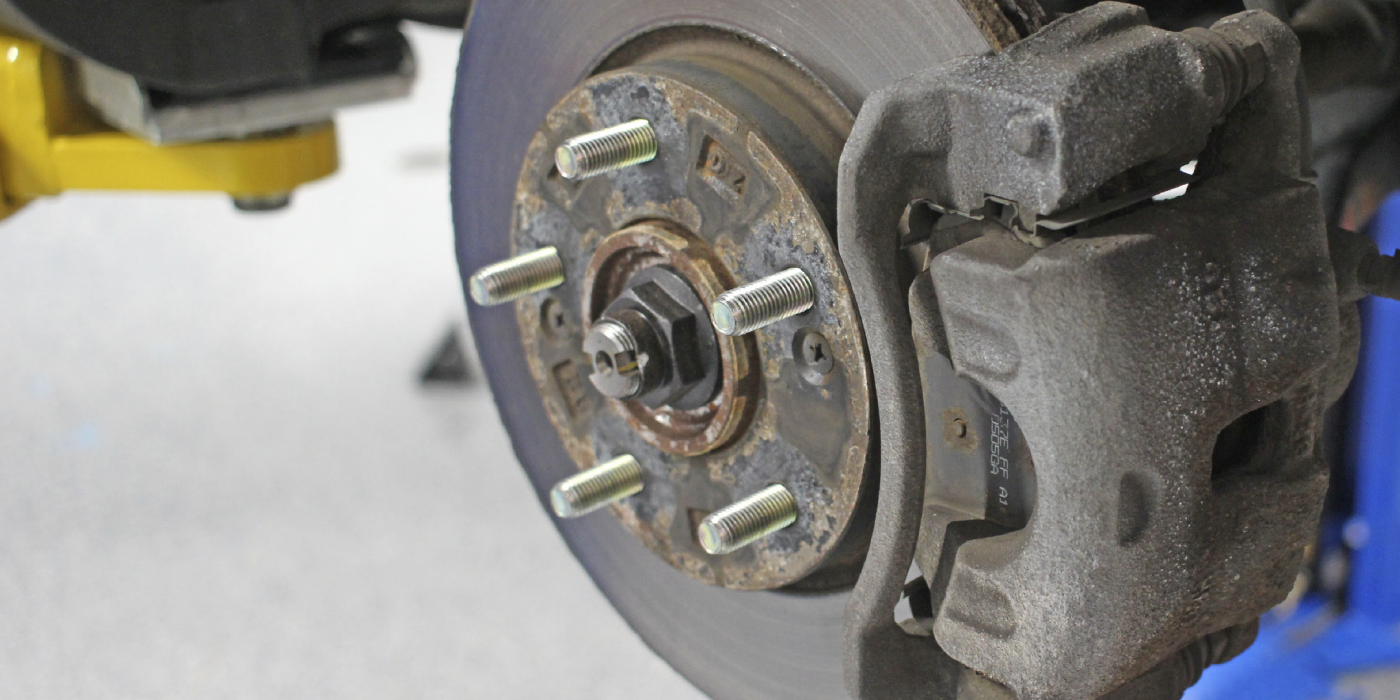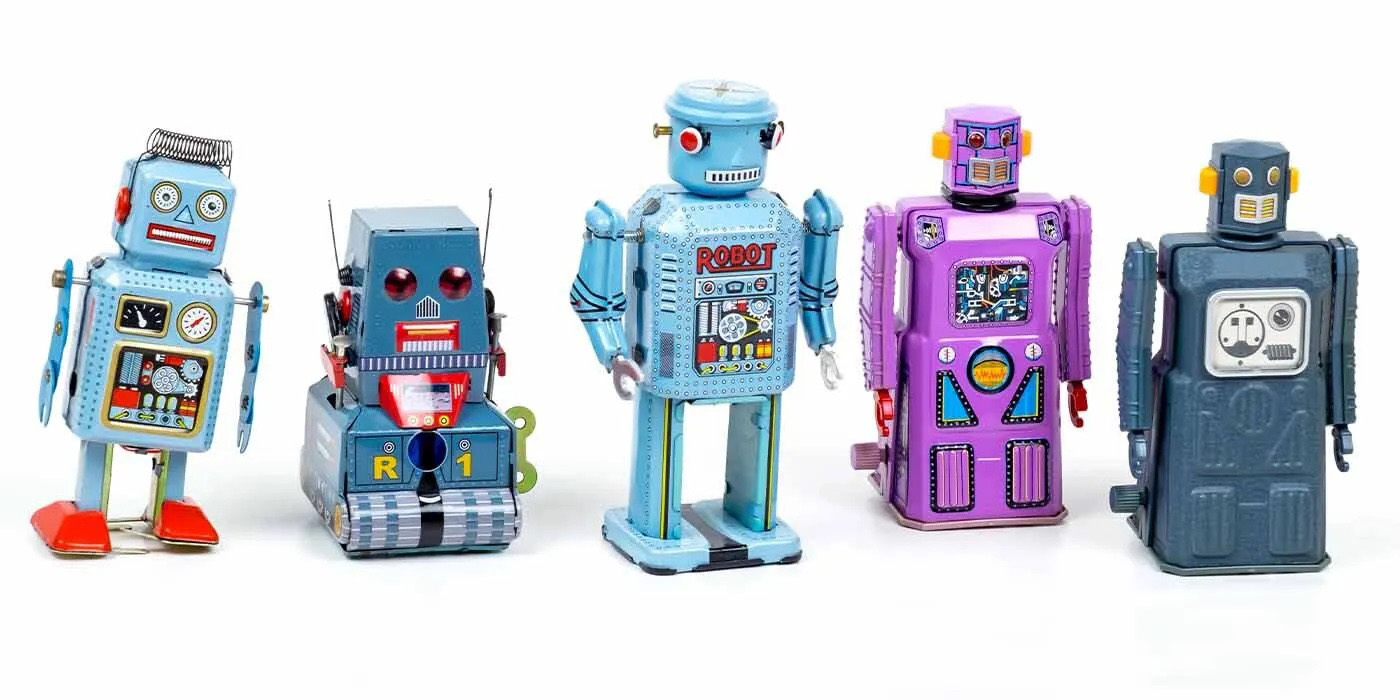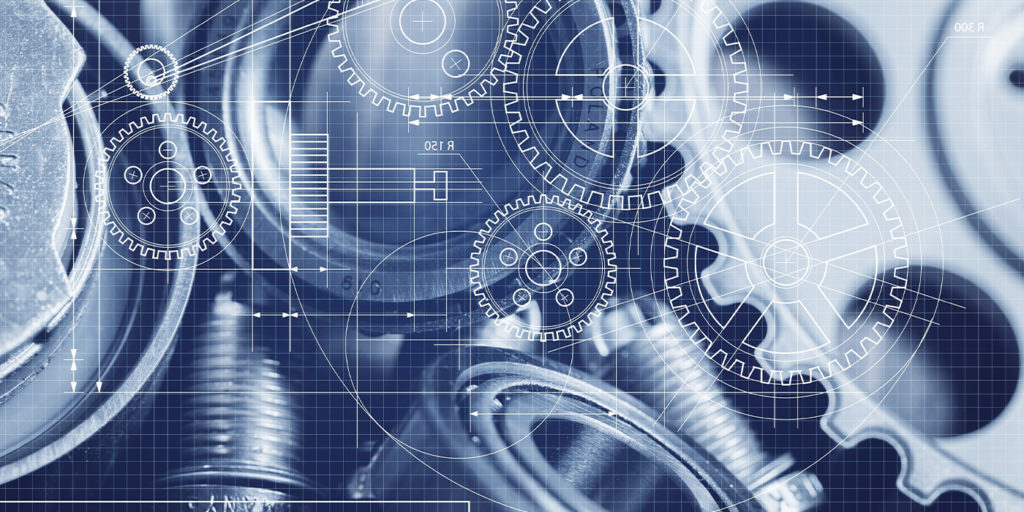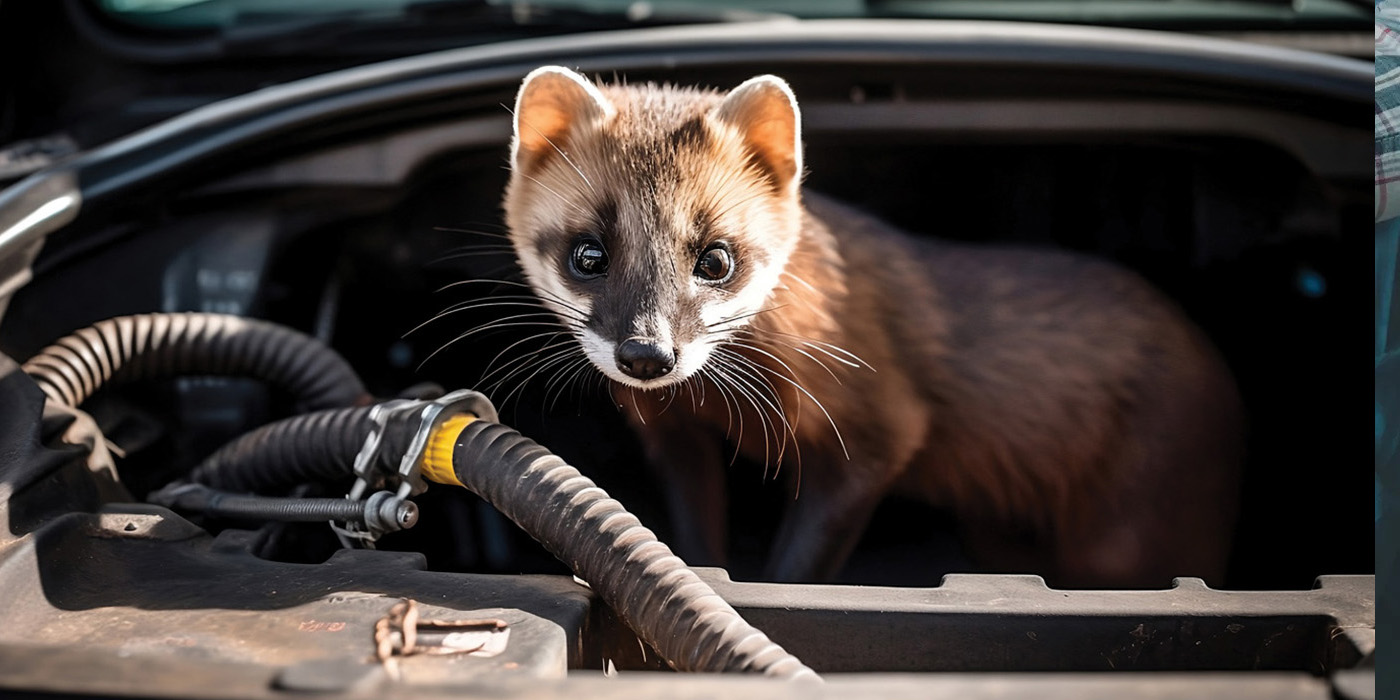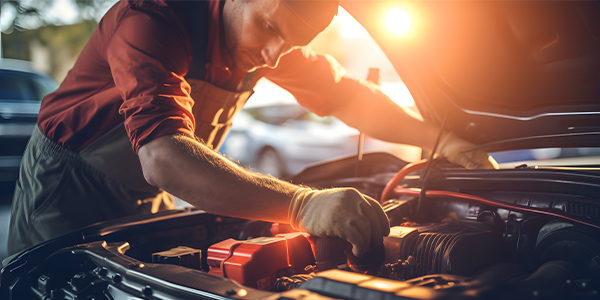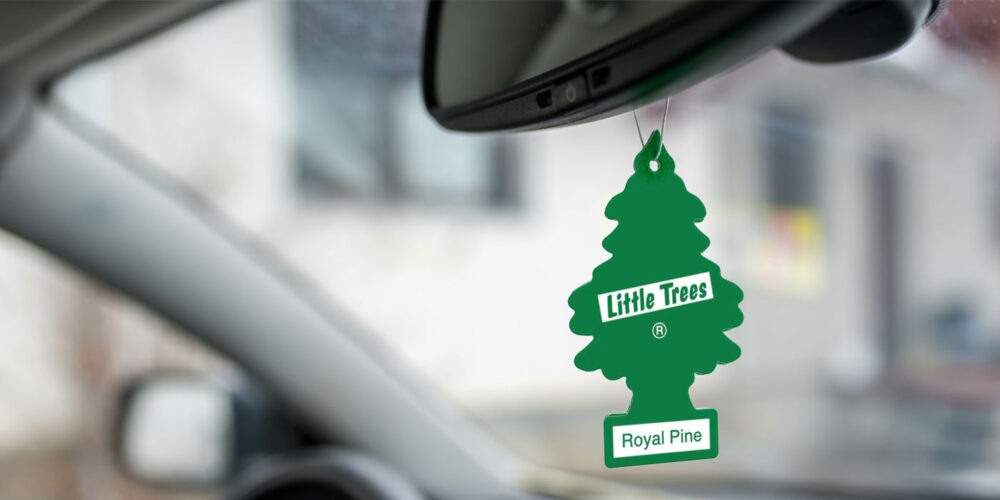We are an industry very focused on our own image. But, sometimes we need to step back to get a global perspective on the issue. There are several services where photographers can sell stock photographs for magazines, advertisements and websites. Shutterstock is a global company, so a picture for sale might come from Asia, Europe or South America.
If you search the term “mechanic” (not too many pictures come up using “technician”), you get an interesting perspective on how different cultures value automotive repair professionals.
You can always tell where a photo was taken by looking at the technician’s uniform. In Europe, the technician typically wears a pair of bib overalls and bulky gloves. In Asia, mechanics usually wear a matching windbreaker and pants combo. They are always clean and free of stains. The technician in the photograph is treated the same way as a doctor or an accountant — with respect.
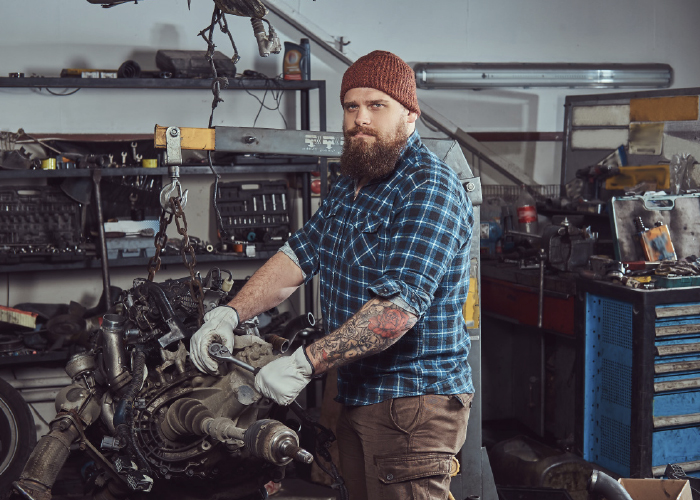
Then you get to the photos by American photographers. The typical image is of an idiot working in his driveway. They might be wearing an old second-hand work shirt that is dirty and untucked. To the photographer, the image is authentic to what they have been taught by their parents, media and high school counselors.

I have seen shops in Europe, Asia and South America, and they aren’t that much different than those in America. There are good ones and bad ones, geniuses and goof-offs.
What these photographs really illustrate is how people around the world value the people who fix their vehicles. It is not a pretty picture.
In China, repair professionals are held in high regard, and they are seen as an important part of the economy. In America, being a mechanic is typically depicted as a dirty, low-class job performed by people who aren’t too bright. The reality is the opposite: American technicians are some of the best educated and most intelligent, while the rest of the world is lagging behind.
How did this image problem happen? Somewhere, Americans lost some respect for mechanical knowledge and hard work in the face of culture worship, easy money and celebrity.
Is there a way to fix it? Yes! We need to stop showing the worst technicians in popular media.


